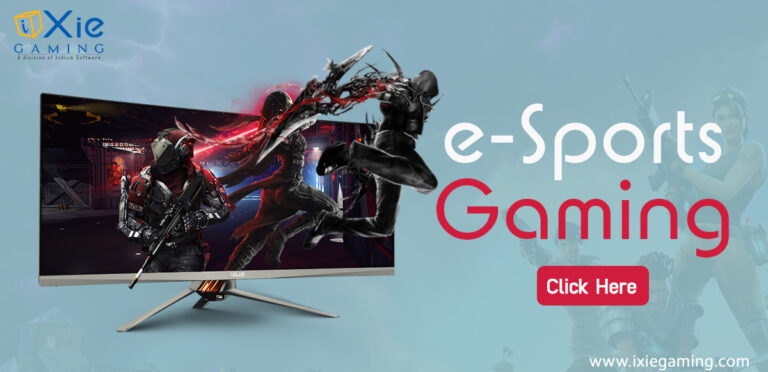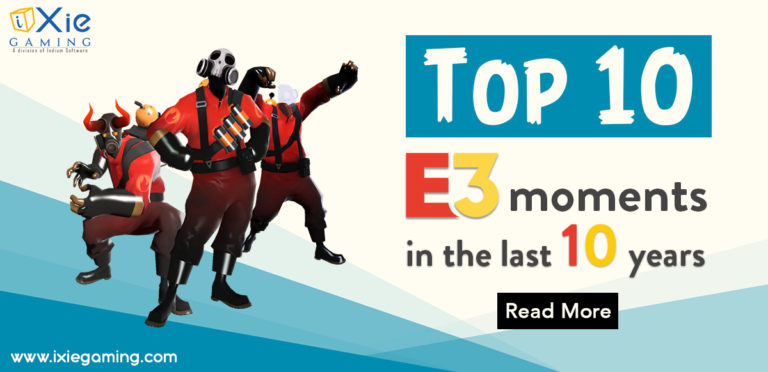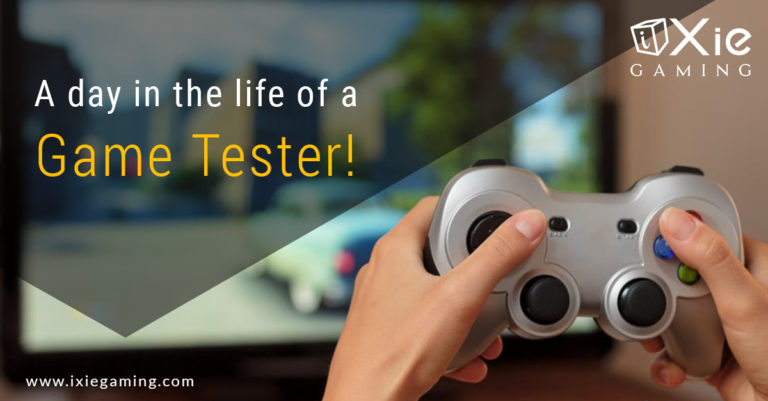Wearable technology is rapidly gaining traction and reshaping various industries, and the gaming sector is no exception. In 2023, the integration of wearable technology into game development is emerging as a significant trend. From smartwatches to VR headsets, wearable devices have become an integral part of our lives, offering not only convenience but also gaming capabilities.
As wearable gaming technology advances, developers face new opportunities and challenges to create immersive experiences. With the rise of AR, VR, and fitness-based games, wearables are transforming how we engage with games. The future promises even more exciting developments as wearable technology continues to evolve, shaping the future of gaming experiences. This article explores the growing popularity of wearables, advancements in wearable gaming tech, and emerging trends.
The Growing Popularity of Wearable Technology
Wearable technology has surged in popularity, revolutionizing multiple sectors and reshaping our daily lives. From fitness trackers to smartwatches and VR headsets to smart glasses, wearables have become integral parts of our routines. Here are some examples of the most common wearable technology:
Smart Watches: These devices offer features like fitness tracking, notifications, messaging, music control, and mobile app integration.
Fitness Trackers: These devices monitor metrics such as steps taken, distance traveled, calories burned, and heart rate during physical activities.
VR Headsets: Virtual Reality headsets provide immersive experiences by placing the user in a virtual environment. It’s often used for gaming, entertainment, or training purposes.
AR Glasses: Augmented Reality glasses overlay digital information onto the real world, enhancing the user’s perception and interaction with their surroundings.
Smart Clothing: This includes garments and accessories embedded with sensors or conductive threads, enabling functions like tracking biometrics, monitoring posture, or adjusting temperature.
Smart Jewelry: Fashionable accessories like rings, bracelets, or necklaces that incorporate technology such as fitness tracking, notification alerts, or contactless payment capabilities.
Smart Glasses: These eyewear devices, like Google Glass, provide hands-free access to information, notifications, and navigation, displaying a small screen in the wearer’s field of vision.

Advancements in Wearable Gaming Technology
Innovative technologies that enhance the gaming experience have emerged over the years. One such area that has seen significant progress is wearable gaming technology. Wearable gaming devices are changing the way we interact with games, while expanding the boundaries of traditional gaming. The following are recent advancements in wearable gaming technology and their impact on the gaming industry.
1. Virtual Reality (VR) Headsets: With advancements in display resolution, field of view, and tracking technology, VR headsets now offer more realistic and detailed visuals, making the virtual world feel even more believable.
2. Augmented Reality (AR) Glasses: AR glasses overlay digital content onto the user’s view of the physical environment, creating interactive and dynamic gaming experiences. Recent advancements in AR glasses have resulted in improved tracking, better field of view, and enhanced graphics, enabling more seamless and immersive AR gaming experiences.
3. Motion Tracking and Haptic Feedback: Wearable gaming devices now incorporate advanced motion tracking and haptic feedback technologies to enhance player interaction. Motion sensors, such as accelerometers and gyroscopes, enable precise tracking of a player’s movements, allowing them to control the game through gestures or body motions.
4. Smart Watches and Fitness Trackers: Smartwatches and fitness trackers are no longer limited to monitoring health and fitness; they have evolved into gaming accessories as well. These wearable devices can act as secondary screens or controllers, providing additional information or interactive elements during gameplay.
5. Biometric Sensors and Emotion Detection: Advancements in wearable gaming technology also include the integration of biometric sensors and emotion detection systems. These devices can monitor physiological indicators such as heart rate, skin conductance, and facial expressions to gauge the player’s emotional state and tailor the gameplay accordingly.

Impact of Wearable Tech on Game Development
The impact of wearable technology on game development has been significant, leading to a disruption of traditional approaches. Game developers now find themselves at the crossroads of exciting opportunities and unique challenges as they create games specifically tailored for wearable devices.
One of the key advantages for game developers lies in the ability to explore and implement innovative gameplay mechanics that take full advantage of the unique features offered by wearables. For instance, they can use motion sensors and biometric data tracking capabilities to create immersive and interactive gaming experiences.
However, developing games for wearable devices also come with certain limitations and design constraints. Wearable screens tend to be smaller, requiring developers to carefully consider the user interface and optimize the visual presentation to ensure optimal gaming experiences. Additionally, wearable devices may have limited processing power compared to traditional gaming platforms, which means developers need to optimize their games to ensure smooth performance and minimal latency.
Emerging Trends and Applications
Emerging trends in wearable gaming are pushing the boundaries of immersive experiences and redefining how players engage with games. One of these trends is the integration of augmented reality (AR) and virtual reality (VR) into wearable devices. AR overlays digital elements in the real world, creating interactive and engaging gaming experiences. VR, on the other hand, transports players to virtual environments, offering a truly immersive gaming adventure. There is also a growing use of VR in language learning games to simulate authentic environments for language practice.
Fitness-based games that utilize wearables for tracking physical activities have gained significant traction. These games encourage players to be active by incorporating real-time data from wearables like fitness trackers or smartwatches. They provide incentives, challenges, and rewards based on the user’s performance, promoting a healthy and active lifestyle while enjoying gaming. We have offered VR game testing services to many fitness-based games here at iXie.
Wearables are also finding applications in various game genres beyond fitness. Role-playing games, adventure games, and puzzle games are incorporating wearable technology to enhance player engagement and immersion. Wearables can provide haptic feedback, motion tracking, or biometric data integration, allowing players to interact with the game world in new and exciting ways.
Conclusion
Wearable technology is undoubtedly a rising trend in game development in 2023. The increasing popularity and their impact on game development are reshaping the industry. As game developers explore the potential of wearables, we can anticipate thrilling and immersive gaming experiences that blend the virtual and real world. Embracing this trend will undoubtedly shape the gaming landscape in the years to come.
Planning to deliver engaging and highly immersive games to players worldwide? iXie would be the right choice with massive experience in the gaming industry over the past decade.






